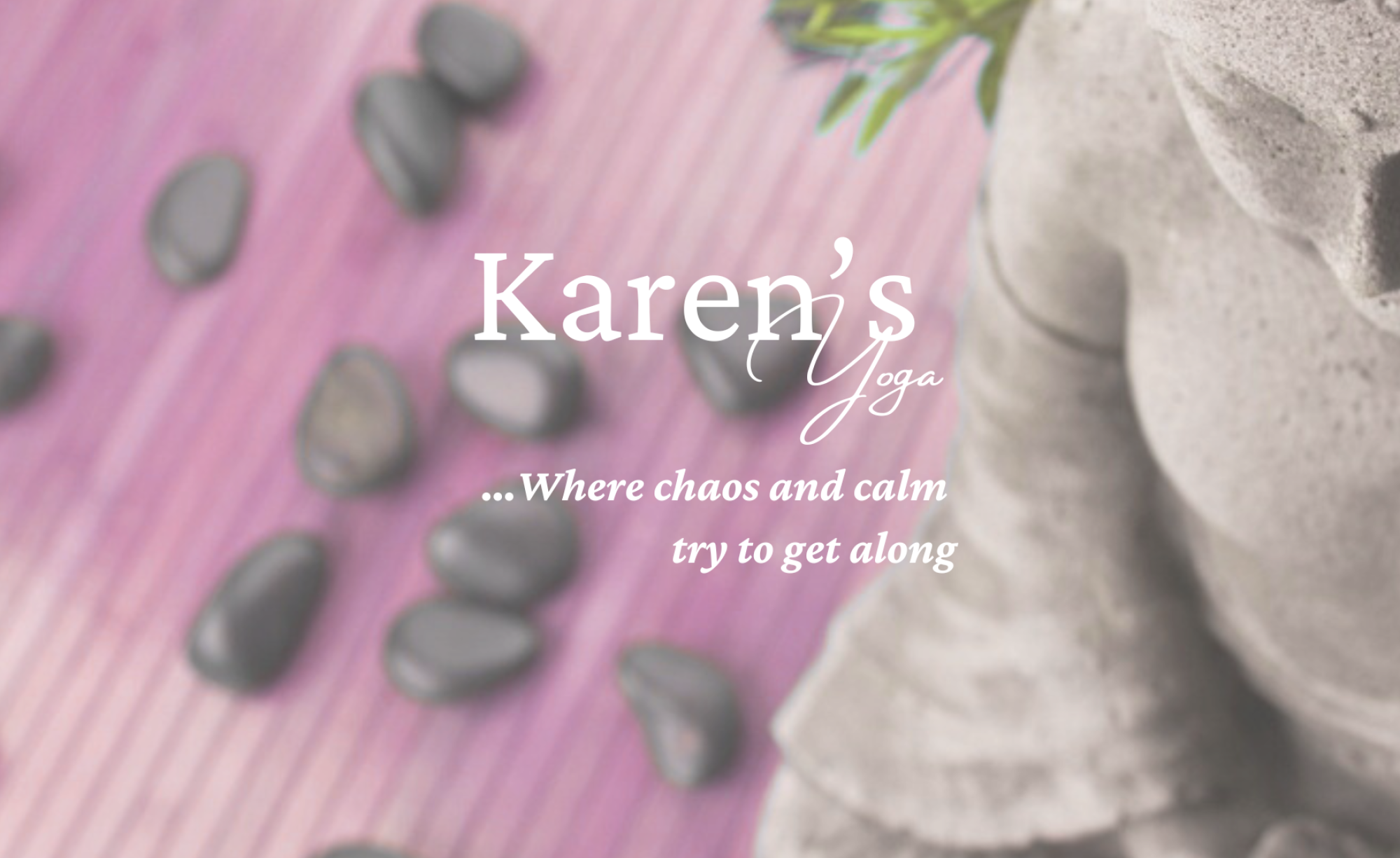Clear the mind and slow down the thoughts – Seated Forward Bend
Benefits
- Releases tension in the back. Breathing into the back stimulates relaxation and gives the upper and lower back a bit of a massage by the expansion and contraction of the ribs with the full breath
- Brings fresh oxygen and blood to the head and face which provides improved circulation to this area
- Lengthens spine and brings fresh blood flow to upper extremities of the body
- Calms nervous system
- Stimulates the digestive and helps with constipation by stimulating the organs in the lower abdomen.
- Calms body and relieves stress and anxiety
- Softens shoulders, neck, arms and wrists
- Stimulates immune system by increasing circulation of lymph
- Massages and stimulates internal organs providing improved blood flow and fresh oxygen
- Stimulates thyroid and parathyroid glands
- Good for cramps, menopause
Cautions
- Not recommended for disc problems; forward bends put pressure on lower back discs
- Not recommended if there is abdominal or lower back injury
- If dizziness occurs, stop and consult physician; you may have a blood pressure issue
- Not advised to do after just eating or on a full stomach
- Not advised during pregnancy; consult physician for permission
- Low or high blood pressure; consult physician
Key Points
- Root down from waist and soften gaze
- Sit comfortably on front of chair allowing room for movement
- Legs are bent on a 90 degree angle – ankles are lined up under knees
- Do not have knees forward from ankles as this will put stress on knee area and could cause loss of balance
- Dial body forward from hip socket – DO NOT bend forward from low back;
this will strain lower back; rotation forward comes from hip socket,
not back - Exhale forward and down and inhale back up
- Breathe into back when relaxing in forward bend
- Hold forward bend for 10-20 seconds
- Allow body to soften and lengthen once you have dialed forward. Release all holding
Instructions
- Bring yourself to the front of your chair so that you have lots of room to release forward with your upper body
- Bring awareness to nostril breathing
- Allow yourself to lengthen up from the waist on the inhale. You should
feel this expansion happening on all inhales. This is subtle but
present. - Make sure your feet are lined up under your knees
- With each exhale, allow yourself to soften into the roots of your
seat, letting go of any tension you may be holding in your bottom area. - Starting on an exhale, dial the body forward, allowing the movement to
come from the hip socket. Do not dial forward from the lower back.This
will stress it rather then release it. - Tuck the chin in towards the chest to allow for a deeper opening with the spine and improved stimulation of the thyroid
- Keep dialing forward using the exhale to soften and release forward and the inhale to open and expand the back region
- Allow the arms to just hang down towards the floor, releasing all holding – let go around the underarm area
- After taking a few breaths into the back, on an inhale, start to roll
the body back up to sitting. Hold onto the seat of the chair if you need
to for support - Once you are back in neutral position, take a deep breath and begin again
Consider This
- The pituitary and pineal glands are located in the brain. These two glands make a lot of decisions about secretions of hormones and balancing within the body. When we bend forward we stimulate increased blood flow into the brain area and this brings fresh oxygen and blood to this region. This movement is good for the brain activity. Forward bends of any kind relax the brain and body and can release tension in the spine. Lengthening of the spine also can help improve the nerves that are integrated throughout the vertebrae
